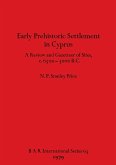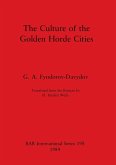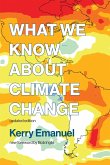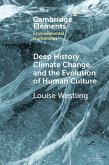At Lamanai and Ka'kabish, two Precolumbian Maya centres in north-western Belize, archaeologists have researched the environment, architecture, and long-term occupation of the civic-ceremonial centres. The sites' rural or hinterland populations, however, which were presumably critical to the support of the centres, have not been studied. These populations are key to an understanding of the sites' long histories, which survived the Maya collapse (AD 600-900), flourished during the transition to the Postclassic period (AD 900-1500), and continued to be a focus of settlement in the Spanish Colonial period (AD 1521-1708). By reconstructing the spatial and temporal dynamics of Ka'kabish, Lamanai, and the inter-site settlement zone, and comparing them to environmental evidence from pollen cores collected in the New River Lagoon, this study sheds much-needed light on the processes that promoted the continuity in evidence in this region.
Hinweis: Dieser Artikel kann nur an eine deutsche Lieferadresse ausgeliefert werden.
Hinweis: Dieser Artikel kann nur an eine deutsche Lieferadresse ausgeliefert werden.








